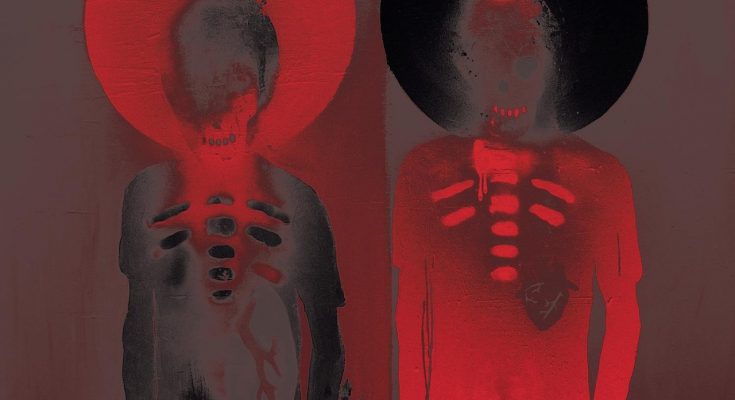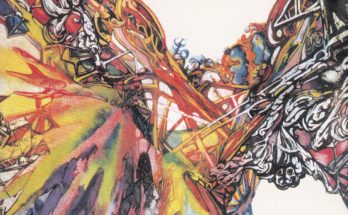By Rodrigo Díaz, José María Moreno, and Bernardo Moreno
Without a doubt, everyone´s attention has been captured by the conflict that´s been brewing in Ukraine since the country gained its independence and which, for various and complex reasons, has now grown into a military conflict. This all leads us to ponder the definition of war, and here we provide one that stands out, taken from José Manuel Nieves, a Spanish journalist specializing in science and nature: “War is the gravest form of sociopolitical conflict between two or more social groups. We can find it amongst tribal and civilized societies, but it is more critical amongst the latter because it is more complex, massive, and technically advanced. It is perhaps the oldest of international relations. Since the dawn of civilization, we can find organized conflicts of armed groups whose purpose is to take control of natural or human resources.”
It is worthwhile underlining the following: it is perhaps the oldest of international relations—as if civilizations were inherently bellicose in the way they relate to each other. Whatever the cause of war, the most important and saddest fact behind it is the loss of lives; the exile of millions of people left without a home, a family, an identity; infamous concentration camps where people die of starvation in anonymous and improvised tombs; people that, if they survive, will be broken for the rest of their lives. That is always the end result.
“Turtles Can Fly,” Bahman Ghobadi, 2004
This film was awarded several international awards. It is a Kurdish film from the Iranian director, Ghobadi. It is a current story that represents the sad reality of the children living in this conflicted country: Kurdish children in a concentration camp, mutilated, raped, blind, and broken. They make a living by dismantling land mines and then selling them to be able to purchase a parabolic antenna so as to be informed about the imminent war closing in on them; a war that, through the visions of one of the kids, we can imagine. The movie takes place in their country just before the United States and the coalition forces invaded their land after taking down Saddam Hussein. All actors are children of this land, children that lived through the day that the movie relates. It is a film that more closely resembles a documentary due to the veracity and rawness of the images presented. The directorial role is outstanding. It is certainly a relevant recommendation if you wish to immerse yourself in the everydayness of the cruel reality that so many Middle East countries must face after being ravaged and pillaged by Western powers, heartless dictators, and fundamentalist groups that leave nothing behind but death, depression, suffering, concentration camps, and children robbed of their innocence.
“War and Peace,” Leo Tolstoy, 1869
This monumental novel is one of literature´s most prized jewels because of its reach, form, technique, and theme. Although there is not enough space to discuss the first ones here, of the last one, two notes are memorable. The first one is the doubt that will always rise when war is at the center of the conversation: how to find a way to live morally in a world decidedly unethical? The different facets through which Tolstoy´s characters wander are revealing. Some will rest uneasily in nihilism; others will find salvation through God, and still others will dance the night away, dressed brilliantly, while Moscow burns. But the second note leaves us to ponder the reach and origin of a war that is on the front page of every newspaper: are historical events the product of the actions of great men, like Napoleon, or are they the inertia caused by the conjunction of the need and the free will of so many nameless characters that participate in the realization of history? It is worthwhile pondering to what degree, and how, each one of us is shaping the history of the greatest events that will leave an indelible mark in our days.
“War Stories,” U.N.K.L.E., 2007
Straying away from hip-hop, though adding powerful guitar riffs, the third album launched by the musical project headed by James Lavalle is one of electro-rock’s essential pieces. Sixteen electrifying tracks where the lyrics are predominantly provocative while shedding light upon fundamentally intersubjective problems: characters on a collision course, moved by fear, misery, existential crisis, but that, deep down, seem to be searching for something in common—love, perhaps?—all tangled up in deep bass tones, contagious beats, and a futuristic ambience. On the album cover, a masterpiece by 3D (Massive Attack), we can see two characters standing on opposite ends, smiling sinisterly, exposing bones and wide open hearts. As it commonly is the case with U.N.K.L.E., we get to enjoy the participation of other great musical talents like Josh Homme (Queens of the Stone Age), Gavin Clark (Clayhill), Ian Atsbury (The Cult), Robert del Naja (Massive Attack), and Autolux, amongst others. This solid musical production, edited by POD, released as its first single “Burn my Shadow”—accompanied by a memorable music video—moving away from such great heights into a slow climatic descent and a final judgment: “we watched it burn together, watched it burn together… All is forgiven”.




